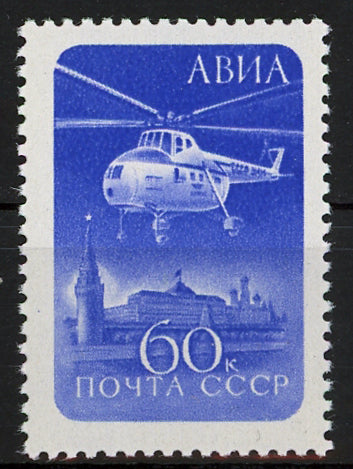Russia 1993 Classic Ballet Block of 4 Stamps MNH
- Product Sku:
- Categories Russia
Russia 1993 Classic Ballet Block of 4 Stamps MNH
Until 1689, ballet in Russia was nonexistent (ballet has its origins in the courts of the Italian Renaissance in the 15th and 16th centuries.) The Tsarist control and isolationism in Russia allowed for little influence from the West. It wasn't until the rise of Peter the Great that Russian society opened up to the West. St. Petersburg was erected to embrace the West and compete against Moscow’s isolationism. Peter the Great created a new Russia which rivaled the society of the West with magnificent courts and palaces. His vision was to challenge the west. Classical ballet entered the realm of Russia not as entertainment, but as a “standard of physical comportment to be emulated and internalized-an idealized way of behaving.” The aim was not to entertain the masses of Russians, but to cultivate a new Russian people.
Jean-Baptiste Landé founded Russian ballet.
Empress Anna, (1730 – 1740) was devoted to ostentatious amusements (balls, fireworks, tableaux), and in the summer of 1734 ordered the appointment of Jean-Baptiste Landé as dancing-master in the military academy she had founded in 1731 for sons of the nobility. In 1738, he became ballet master and head of the new ballet school, launching the advanced study of ballet in Russia, and winning the patronage of elite families.
France provided many leaders such as Charles Didelot in St Petersburg (1801-1831), Jules Perrot (1848-1859) and Arthur Saint-Léon (1859–69).
In the early 19th century, the theaters were opened up to anyone who could afford a ticket. A seating section called a rayok, or 'paradise gallery', consisted of simple wooden benches. This allowed non-wealthy people access to the ballet, because tickets in this section were inexpensive.
One author describes the Imperial ballet as “unlike that of any other country in the world…the most prestigious of the ballet troupes were those attached to the state-supported theatres. The directors of these companies were personally appointed by the tsar, and all the dancers were, in a sense, Imperial servants. In the theatre, the men in the audience always remained standing until the tsar entered his box and, out of respect, after the performance they remained in their places until he had departed. Curtain calls were arranged according to a strict pattern: first, the ballerina bowed to the tsar’s box, then to that of the theater director, and finally to the general public.
Fast & Free Shipping within U.S.A.
We Care for your order, Pack it carefully and ship it within 24 hours.
Satisfaction Guaranteed!
Please explore our store for more stamps, souvenir sheets, post-office collectibles and philately books and pre-philatelic items:
montecinos.philately



















